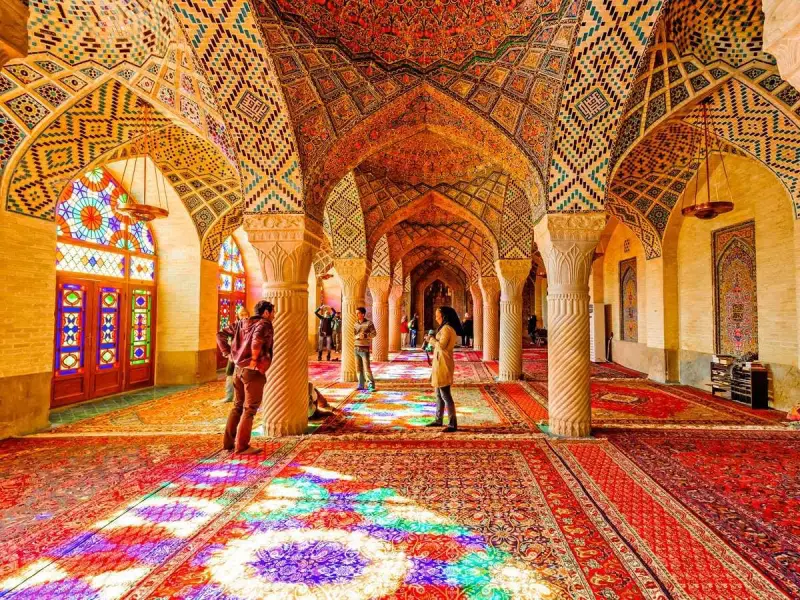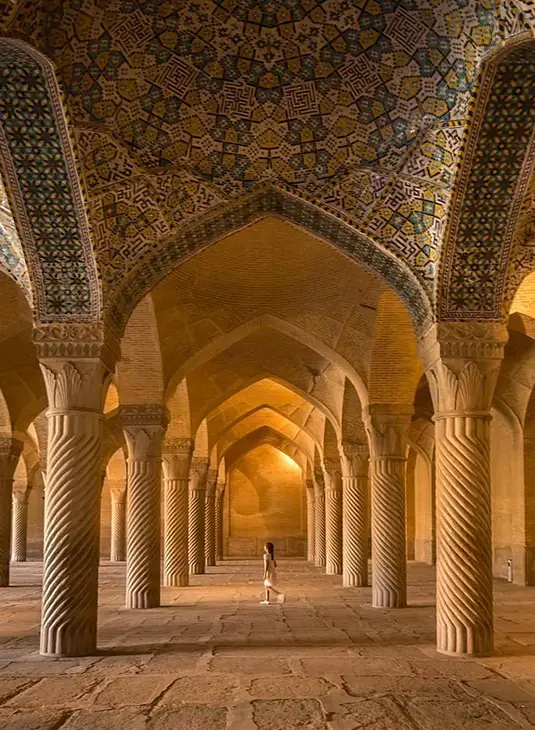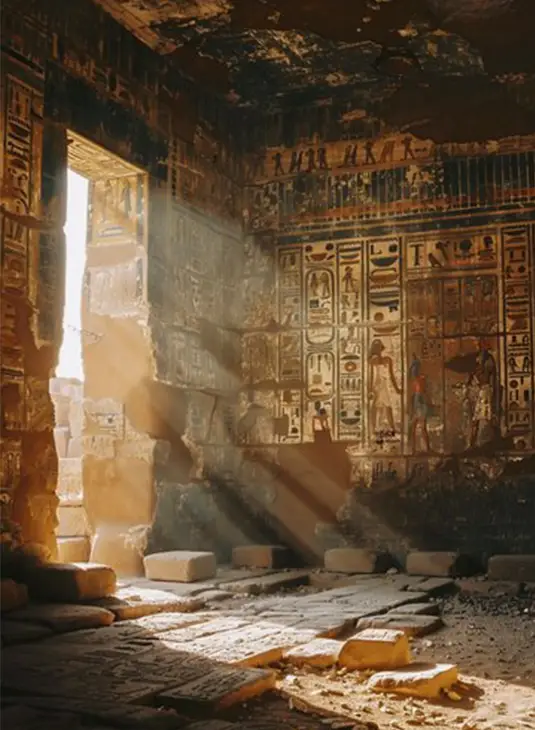Persian History
Home » Persian Culture & Heritage » Persian History

- Persian History
Discovering Persian History: A Journey Through Time
Persian history is a rich tapestry woven with tales of grandeur, innovation, and cultural evolution. From ancient civilizations to modern influences, the Persian Empire has left an indelible mark on global history. This blog explores the essence of Persian history, focusing on its cultural heritage, architectural achievements, and the evolution of Persian rugs.
The Depth of Persian Culture & Heritage
The history of Persian rugs is as intricate and storied as the carpets themselves. These rugs are not merely decorative; they are a testament to centuries of craftsmanship and artistry.
Ancient Origins: The art of rug weaving in Persia dates back to the 5th century BC. Early Persian rugs were used for both functional and ceremonial purposes, showcasing elaborate designs and patterns.
Artisanal Techniques: Persian rug-making techniques have been passed down through generations. Techniques such as knotting and dyeing were refined over time, resulting in the exquisite carpets we admire today.
Cultural Significance: Each rug tells a story, often reflecting regional patterns and symbols that hold cultural significance. Collecting and preserving these rugs offers insight into Persian history and its artistic heritage.


Unveiling Persian Architectural Heritage
Persian architectural heritage is renowned for its grandeur and innovation. From ancient palaces to modern landmarks, Persian architecture is a symbol of artistic excellence and historical depth.
Historic Structures: The ruins of Persepolis and the architectural marvels of the Dome of the Rock are testaments to the ingenuity of Persian builders. These structures demonstrate advanced engineering techniques and artistic flair.
Influence on Modern Architecture: Persian architectural elements have influenced styles around the world. Features such as intricate tile work and expansive domes are evident in many contemporary buildings.
Preservation Efforts: Maintaining and restoring these historical sites is crucial for preserving the rich legacy of Persian architecture. Efforts are ongoing to ensure these landmarks remain a source of inspiration and historical insight.
Conclusion
Persian history is a vast and fascinating field, offering a window into a culture that has shaped and been shaped by centuries of development. From the depth of Persian culture and heritage to the artistry of Persian rugs and architectural wonders, each aspect of Persian history contributes to a greater understanding of its enduring legacy. Exploring these elements not only enriches our knowledge but also connects us to a vibrant and influential past.
By delving into Persian history, we gain a greater appreciation for the achievements and contributions of this ancient civilization. Whether through the intricate designs of Persian rugs or the majestic structures of Persian architecture, the story of Persia continues to captivate and inspire.
Frequently Asked Questions (FAQs) About Persian History
1. What is Persian history known for?
Persian history is renowned for its ancient civilizations, including the Achaemenid Empire, and its significant contributions to art, architecture, and literature.
2. When did the Persian Empire first emerge?
The Persian Empire emerged in the 6th century BC under the leadership of Cyrus the Great, marking the beginning of the Achaemenid Dynasty.
3. What are some famous Persian historical sites?
Famous Persian historical sites include Persepolis, the ancient city built by Darius the Great, and the ruins of Pasargadae, Cyrus the Great’s capital.
4. How did Persian architecture influence the world?
Persian architecture, with its intricate tile work and grand domes, influenced various architectural styles worldwide, including Islamic and Mughal architecture.
5. What role did Persian rugs play in history?
Persian rugs have been an integral part of Persian culture and history, reflecting the artistry and craftsmanship of different periods and regions.
6. Who was Cyrus the Great?
Cyrus the Great was the founder of the Achaemenid Empire and is known for his military conquests and the establishment of one of the largest empires in ancient history.
7. What are some key periods in Persian history?
Key periods in Persian history include the Achaemenid Empire, the Parthian Empire, the Sassanian Empire, and the Islamic Golden Age.
8. How did Persian culture influence other regions?
Persian culture influenced neighboring regions through its art, language, and trade, contributing to the development of diverse cultures across the Middle East and beyond.
9. What is the significance of Persepolis?
Persepolis was the ceremonial capital of the Achaemenid Empire and is famous for its impressive ruins, which showcase the architectural and artistic achievements of ancient Persia.
10. How has Persian history shaped modern Iran?
Persian history has significantly shaped modern Iran’s cultural identity, architecture, and national pride, reflecting the enduring legacy of its ancient civilizations.